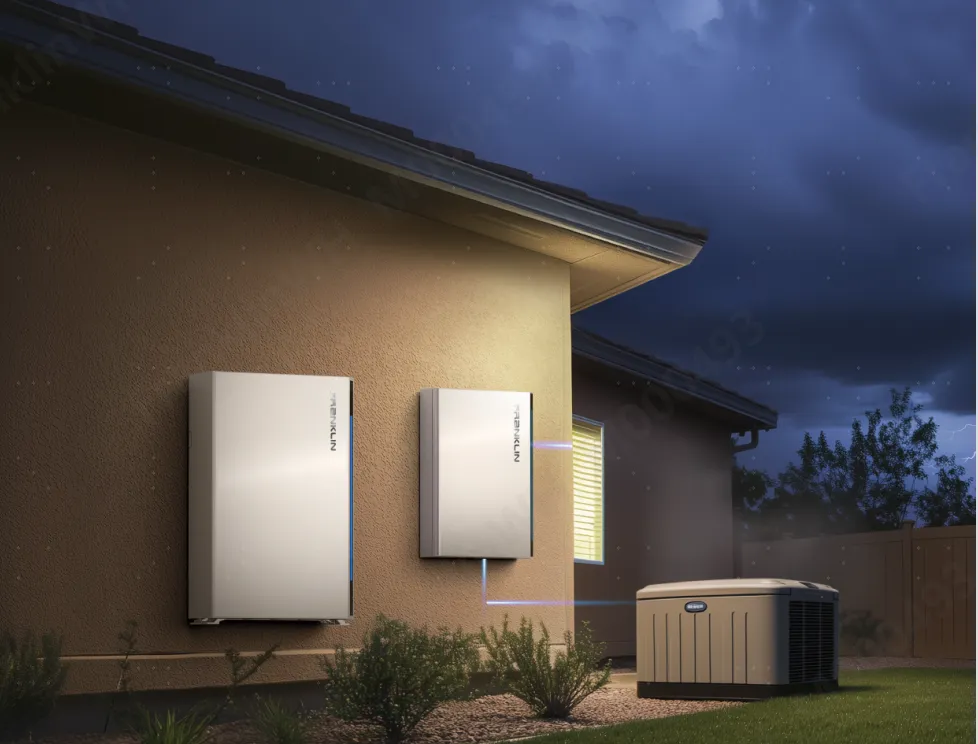Limitations of Traditional Generators
Frequent climate-related events and natural disasters today lead homeowners across many regions to face increasing power outages. They can disrupt daily routines and inflict serious damage.
While many households have turned to fuel-powered generators for backup, traditional generator systems often fail to meet modern needs. Switching from grid to generator power typically causes momentary outages. Also, generators usually operate outside of their optimal efficiency zone, wasting fuel and raising operational costs. High maintenance demands and noise pollution further compromise the homeowner experience. During extended outages, fuel availability itself may become a concern.
FranklinWH Generator Solution: A Seamless, Automated, and Efficient Experience
To address these shortcomings, FranklinWH has developed a fully integrated power supply solution that combines a generator with an intelligent home energy management and storage system. At the heart of this system is the aGate, the central controller, which coordinates the energy flow between the grid, battery, and generator to optimize energy distribution.
This integrated approach solves the major challenges that plague conventional generator backup systems. The generator serves as a last resort if the battery is drained, reducing generator dependency. Power transitions are instant and unnoticeable, preserving household comfort even during outages. The generator can be scheduled via the FranklinWH App to automatically run without physical intervention. It is also enabled to run at its peak efficiency by precisely aligning its output power with the battery charging and load power combined, saving fuel costs.
What also gives the solution an unusual edge is its ability to proactively protect against common issues. An automatic “exercise mode” runs the generator periodically to keep the generator in optimal condition while identifying issues early. The FranklinWH System has built-in pre-heating and cooling functions to help reduce generator wear and tear, enabling a longer generator lifespan.

Generator Agnostic and A Wide Array of Connection Methods
FranklinWH supports a wide range of connection methods to suit different household infrastructures. Whether through traditional Automatic Transfer Switch (ATS), utility voltage sensing, or two-wire dry contact, each connection method offers superior levels of automation and integration. Among these, two-wire dry contact is the recommended approach, as it offers simple and reliable control while maintaining the generator’s battery charge. Portable generators are also compatible with the FranklinWH System, as long as they meet the 240 V, 60 Hz requirements.
The built-in generator module even allows you to tap into EV power as an additional source to reinforce energy resiliency.

Accurately Size Your Generator to the System
Selecting the correct generator size is also critical for efficiency and safety. FranklinWH provides guidance based on the number of aPower 2 battery units installed and household energy demand. For instance, a single aPower system typically pairs well with a 12 kW generator for a small-to-medium household. Proper sizing avoids generator overload, minimizes Total Harmonic Distortion (THD), and ensures optimal operation.
|
Configuration
|
Generator Power (kW)
|
Suitable Household Size
|
|
Single aPower
|
12 kW
|
Small to medium household
|
|
Two aPowers |
23 kW
|
Medium to large household
|
|
Three aPowers
|
≥23 kW
|
Large household
|
Next-Level Reliability, Flexibility, and Independence
That the FranklinWH System intelligently integrates a generator represents a robust step forward in integrated home power backup. By combining renewable sources, storage, generator, and EV support into a single, intelligently managed ecosystem, the system empowers homeowners with exceptional reliability, flexibility, and energy freedom.



